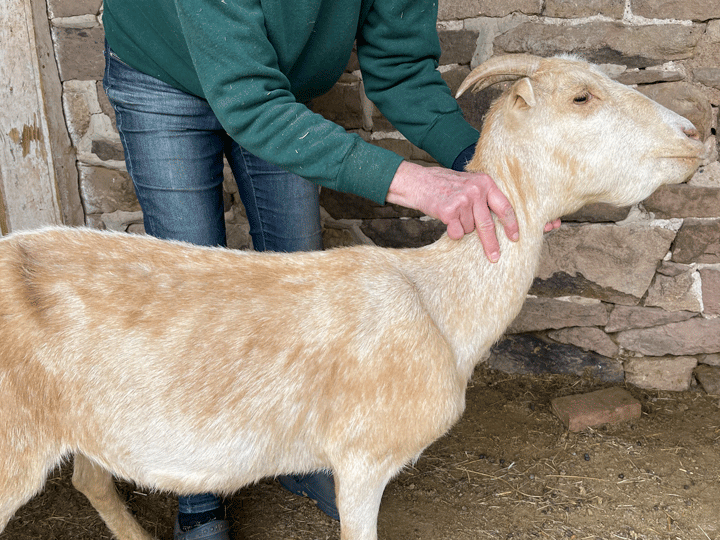Fasciolosis, commonly known as liver fluke infection, is a parasitic disease caused by flatworms belonging to the genus Fasciola. It primarily affects ruminants like cattle, buffalo, sheep, and goats, but can also infect horses, camels, and even humans. The disease is particularly prevalent in areas with moist pastures and freshwater bodies.
Symptoms:
Fasciolosis symptoms vary depending on the severity of infection and the animal species affected.
Acute Phase (Common in Sheep):
- Sudden death without prior symptoms (usually due to massive ingestion of infective larvae)
- In some cases, anemia, loss of appetite, and lethargy precede death
- Acute symptoms are less common in cattle and buffalo, except for a slight decrease in weight gain
Chronic Phase (Liver Fluke Disease):
- Yellowing of mucous membranes (anemia)
- Watery diarrhea without odor
- Reduced appetite and noticeable weight loss
- Excessive shedding of wool or hair
- (bottle jaw)
Economic Losses:
Fasciolosis can cause significant economic losses for livestock producers due to:
- Impaired feed conversion efficiency
- Reduced weight gain
- Weakened immune system, increasing susceptibility to other diseases (clostridia, blackleg, hemolytic uremic syndrome, salmonella) or latent infections (blood parasites)
- Decreased fertility due to phosphorus deficiency
- Reduced milk production
- Wool loss in sheep
- Mortalities, especially in acute cases
- Condemnation of livers during slaughter due to fluke damage
Diagnosis:
- Microscopic examination of feces: Identification of fluke eggs in feces using microscopy and serological tests
- Postmortem examination: Presence of adult flukes in the liver and bile ducts of deceased or slaughtered animals
Prevention:
Effective prevention strategies for fasciolosis include:
- Snail Control: Reduce snail populations, the intermediate hosts, using chemical or biological methods
- Water Management: Minimize water accumulation in pastures and avoid grazing or feeding animals in such areas
- Sheep: Prophylactic treatment twice a year (May and October) with triclabendazole-based anthelmintics
- Dairy Cattle: Administer an appropriate liver fluke anthelmintic once in May after the alfalfa season (peak larval stage reproduction in freshwater snails, the primary infection source for cattle)
- Beef Cattle: Use anthelmintics against both flatworms and liver flukes as part of the intake program once if the fattening cycle is 3-4 months, relying on concentrated feed. Repeat the dose if the fattening cycle begins with alfalfa as a green forage source on the farm.
- Treatment: In case of symptoms, administer two doses of anthelmintic 40-45 days apart, along with supportive therapy to restore liver function.
Conclusion:
Fasciolosis poses a significant threat to livestock health and productivity. Implementing effective prevention and control measures, including snail control, water management, and targeted anthelmintic treatment, is crucial to minimize the economic impact of this parasitic disease. Early diagnosis and prompt treatment can further reduce losses and improve animal well-being.


